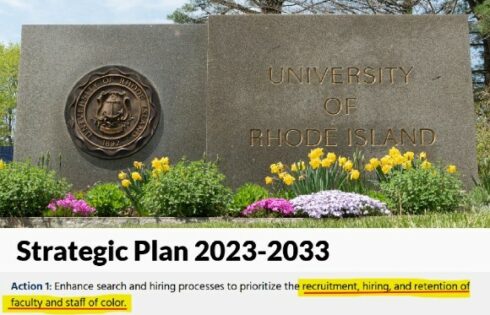School shooter drills—in which schoolchildren are taught how to lock doors, shelter in place and hide in closets in the case of an active shooter—are becoming more and more common across the country. But are they necessary? And do they serve a purpose? No, one writer argues .
“It would be one thing to prepare teachers and school staff for this kind of rare emergency. But having children hide in a closet and practice being quiet is at best a waste of time and at worst a way to emotionally scar the children we’re trying to shield,” writes Karol Markowicz at The New York Post.
“Holding these drills four times per year is ludicrous,” she adds.
In New York City, Markowicz writes, education officials mandate that, during the drills in question, students “hide in their classroom, sometimes in a closet, and remain quiet and out of view.” This approach, she says, is riddled with problems: “Anyone who has ever played “the quiet game” with kids knows they are generally terrible at staying silent. And even if the kids somehow manage to remain quiet for an entire practice drill, there is no guarantee they will do the same in an actual lockdown situation.”
Then there is the low probability of a child experiencing such a shooting at all, Markowicz points out:
Washington Post column last year by David Ropeik, author of “How Risky Is It, Really?,” highlighted the rarity of a school shooting. Ropeik writes: “The statistical likelihood of any given public-school student being killed by a gun, in school, on any given day since 1999 was roughly 1 in 614,000,000. And since the 1990s, shootings at schools have been getting less common.”
Meanwhile, according to National Geographic, “the odds of becoming a lightning victim in the US in any one year is 1 in 700,000. The odds of being struck in your lifetime is 1 in 3,000.” And according to the National Safety Council, your chance of dying in a motor vehicle accident is 1 in 103.
“We don’t have our kids practice car accidents or what to do if struck by lightning, because we know that preparing for these unlikely events is impossible, and scaring our children over the possibility would outweigh any benefit the preparation might offer. Yet in schools, we have decided that terrifying our kids is OK,” she says.
Like The College Fix on Facebook / Follow us on Twitter




Add to the Discussion